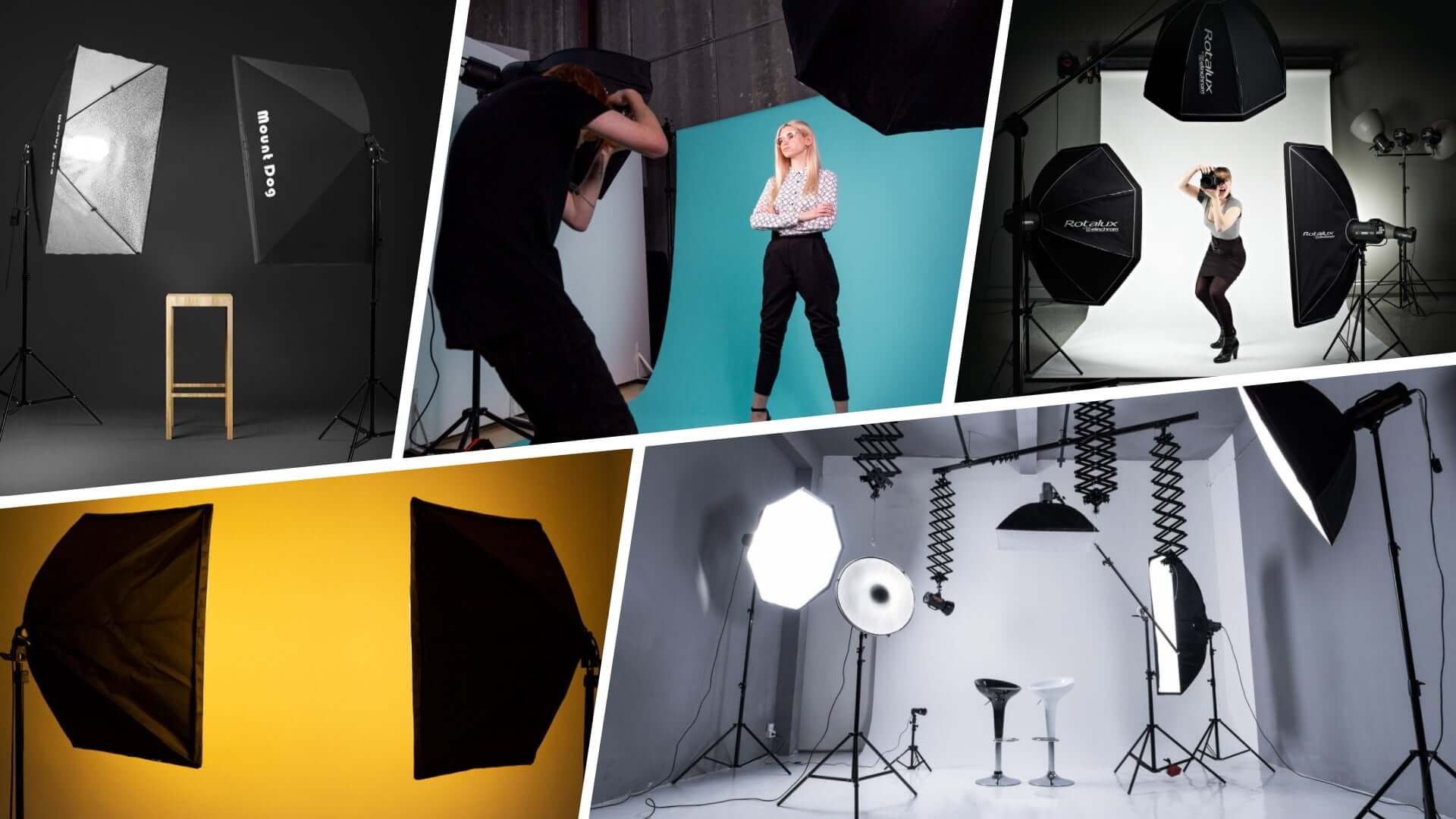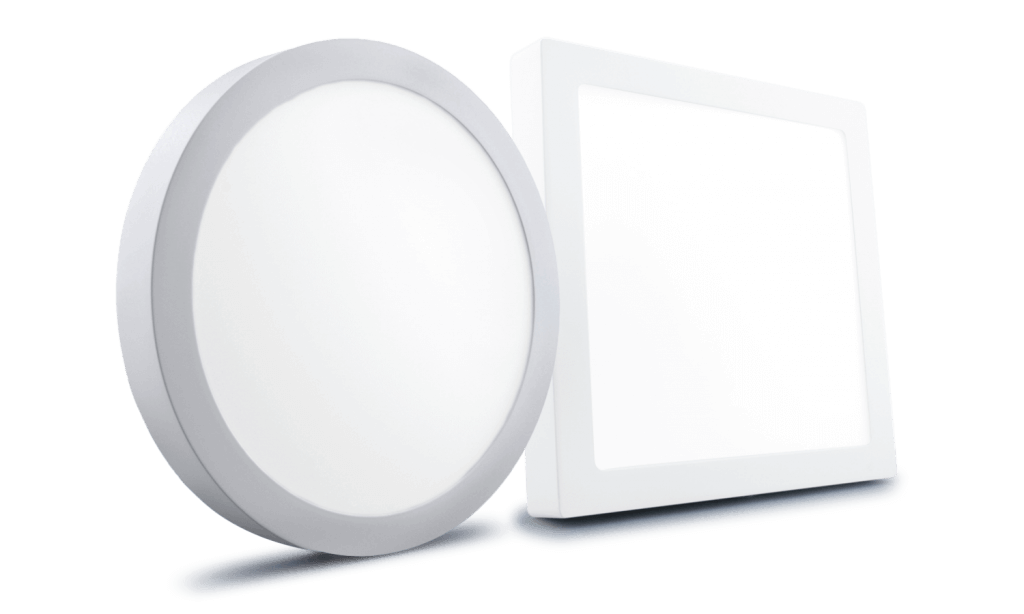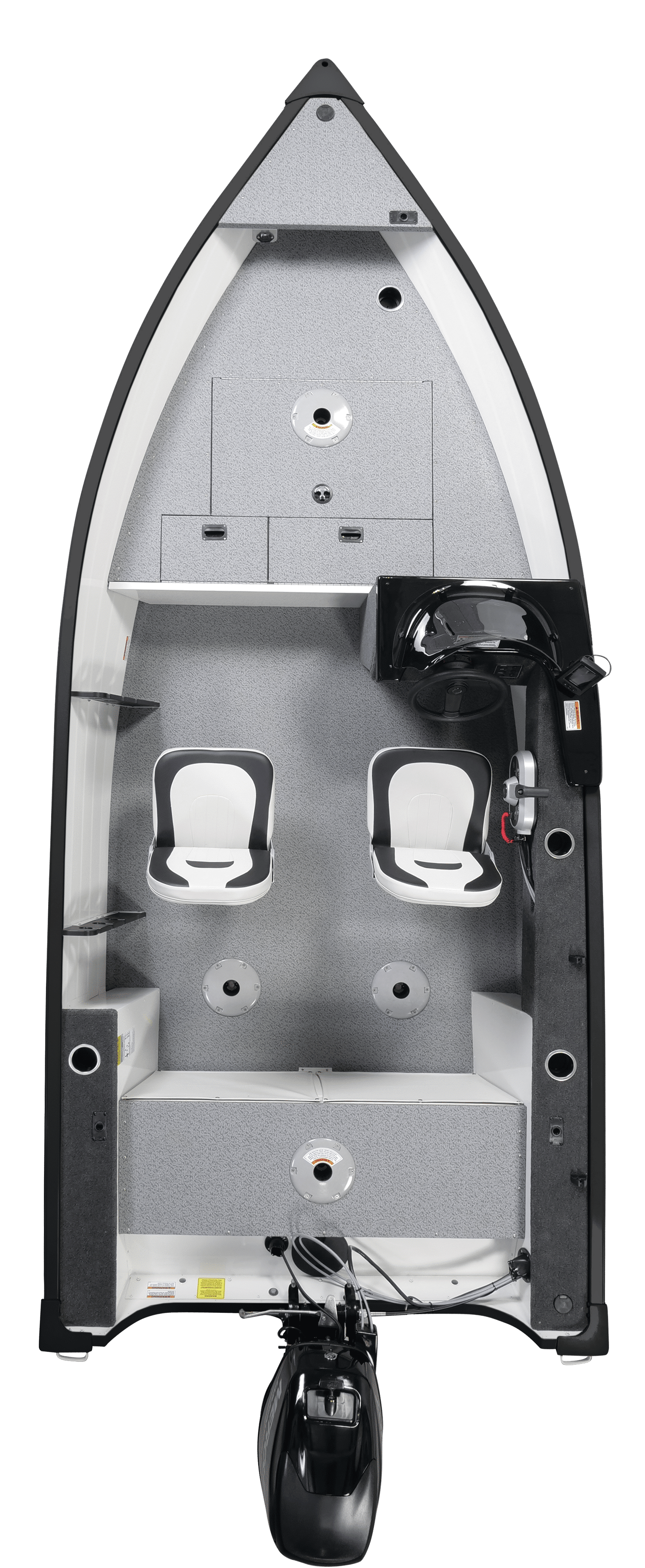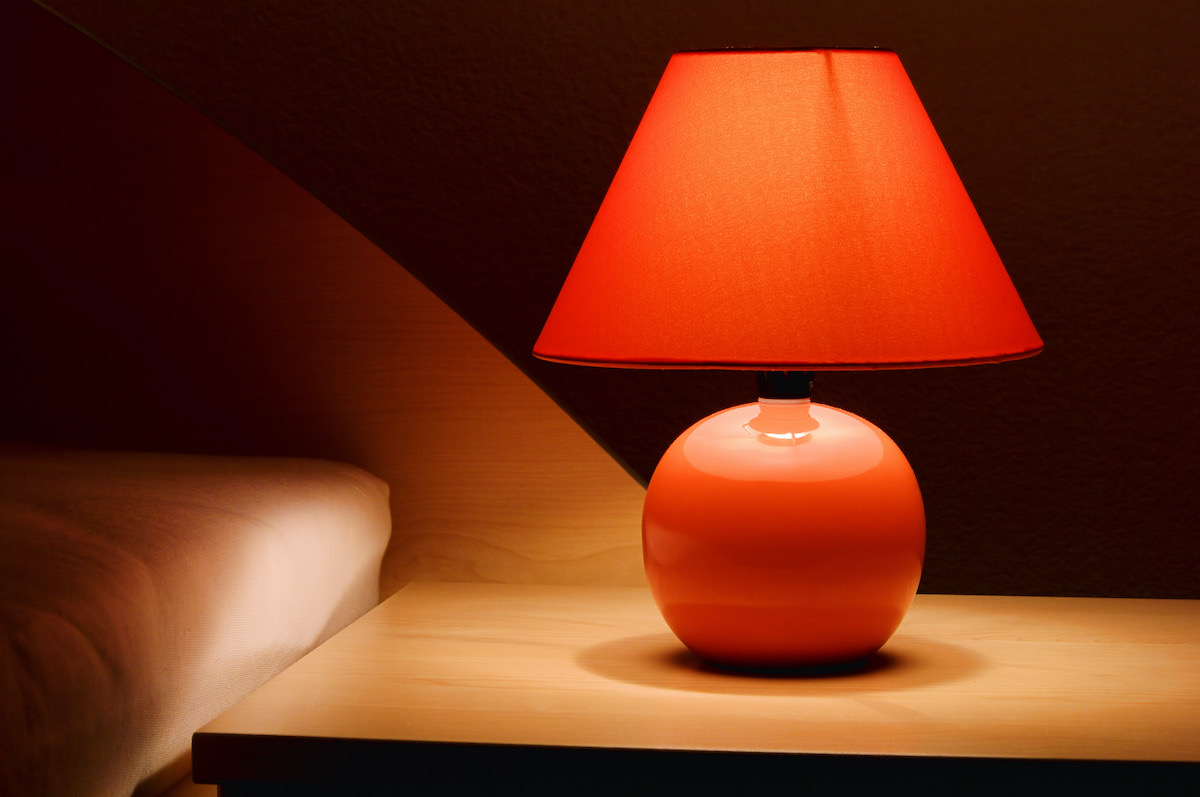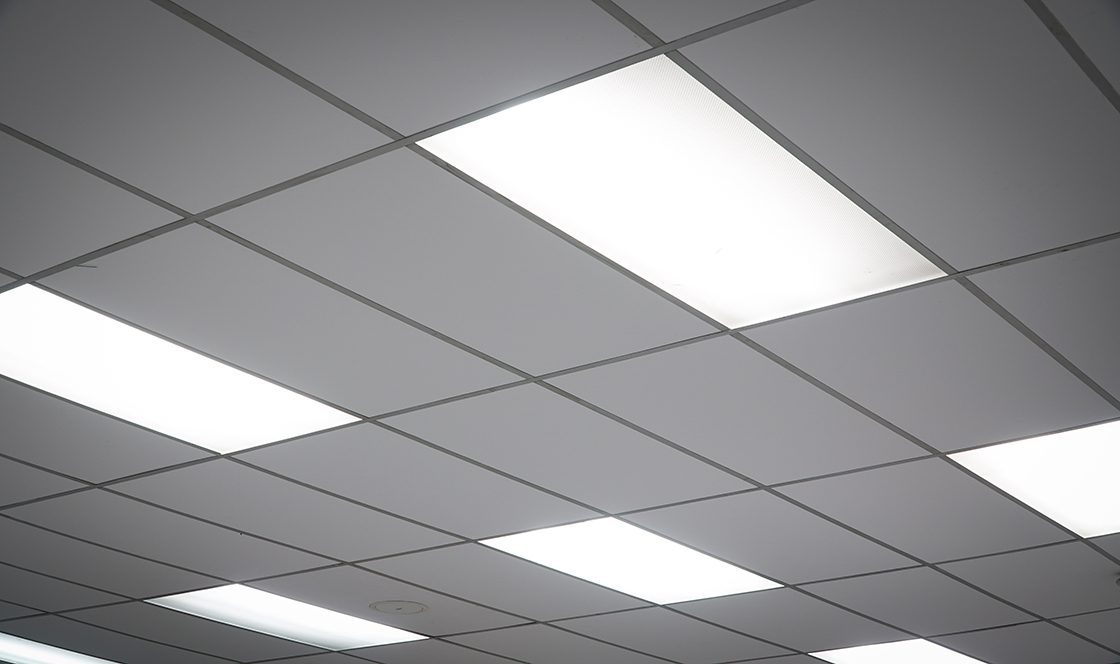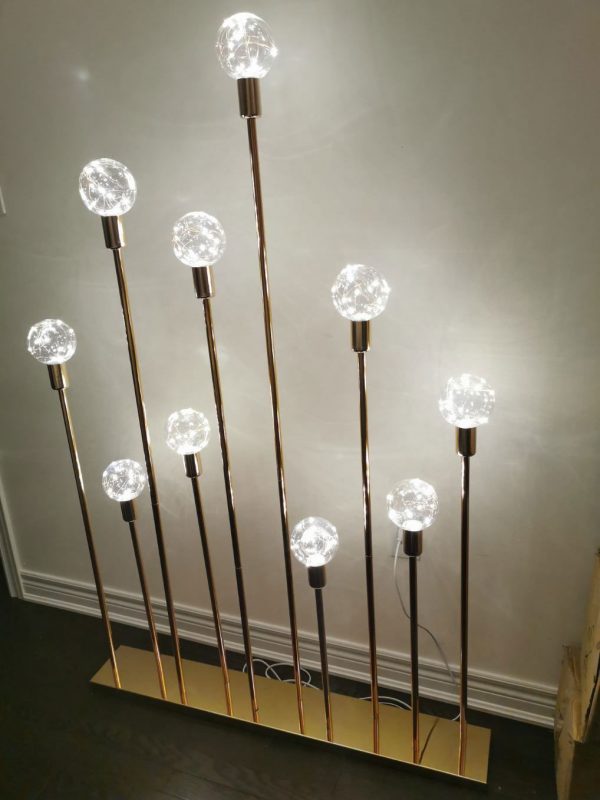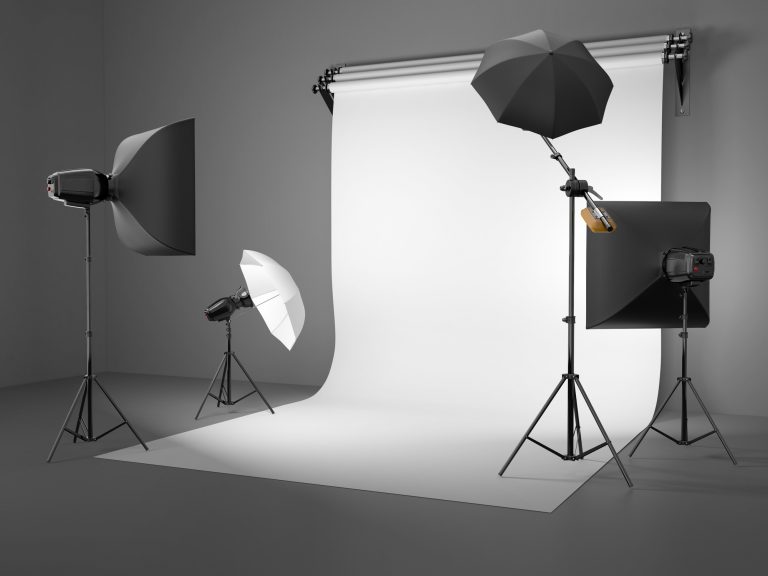When it comes to kitchen photography, natural light is the best and most essential lighting source. The soft, diffused light from the sun can bring out the true colors and textures of your kitchen, making it look more inviting and appealing. Not only is natural light readily available, but it also creates a warm and inviting atmosphere in your photos.1. Natural Light
If natural light is not enough or not available, softbox lighting is a great alternative. Softbox lights are designed to mimic the soft, natural light from the sun, making them perfect for kitchen photography. These lights come in various sizes and shapes, allowing you to adjust the direction and intensity of the light to create the desired effect.2. Softbox Lighting
LED panel lights are a popular choice for kitchen photography, thanks to their energy efficiency, versatility, and ability to produce bright, even light. These lights are also lightweight and portable, making them easy to set up and maneuver in different angles to capture the best shots of your kitchen.3. LED Panel Lights
A ring light is a circular light that can be mounted on your camera or around your lens. It produces soft, even light that eliminates harsh shadows and highlights, making it perfect for highlighting the details and textures in your kitchen. This type of lighting also adds a beautiful catchlight to your subject's eyes, making them look more vibrant and alive in your photos.4. Ring Light
Overhead lighting, such as pendant lights or chandeliers, can add a touch of elegance and drama to your kitchen photography. These lights create a soft, diffused light that can be adjusted to highlight specific areas or features in your kitchen. Additionally, they can add depth and dimension to your photos, making them more visually appealing.5. Overhead Lighting
For a more dramatic and artistic look, consider using accent lighting in your kitchen photography. This type of lighting is used to emphasize specific areas or features in your kitchen, such as a beautiful backsplash or a unique piece of decor. Accent lights come in various forms, such as spotlights, strip lights, and uplights, allowing you to create different moods and effects in your photos.6. Accent Lighting
Under cabinet lighting is not only functional but also adds a beautiful touch to your kitchen photography. These lights are usually small, discreet, and installed beneath your cabinets to provide additional light to your countertops. They can create a warm and inviting atmosphere in your photos and add a soft glow to your kitchen's overall look.7. Under Cabinet Lighting
Light reflectors are essential tools in kitchen photography, especially when working with natural or artificial light. They are used to bounce and diffuse light, creating a softer, more even light on your subject. Light reflectors come in various sizes and colors, allowing you to control the intensity and color temperature of the light in your photos.8. Light Reflectors
Similar to light reflectors, light diffusers are used to soften and spread light in your photos. They are usually made of translucent material, such as fabric or plastic, and are placed in front of a light source to soften and diffuse the light. Light diffusers are great for creating a natural, soft light that is flattering on your subject.9. Light Diffusers
Light stands are essential for holding and positioning your lighting equipment in the right place for your kitchen photography. They come in various sizes and can be adjusted to different heights, making them versatile and adaptable to different shooting situations. Investing in a good quality light stand is crucial for achieving professional-looking kitchen photos. In conclusion, the right lighting is crucial for creating stunning kitchen photography. Whether you're using natural or artificial light, it's essential to understand how to control and manipulate it to achieve the desired effect in your photos. Experiment with different lighting options and techniques to find what works best for your kitchen and style of photography. With the right lighting, you can bring out the best in your kitchen and capture its beauty in your photos.10. Light Stands
Lighting Tips for Stunning Kitchen Photography

The Importance of Lighting in Kitchen Photography
 When it comes to capturing the perfect shot of your kitchen, lighting is one of the most crucial elements to consider. Without proper lighting, even the most beautifully designed kitchen can look dull and unappealing in photographs. On the other hand, with the right lighting techniques, you can transform your kitchen into a stunning and inviting space that will leave a lasting impression on viewers.
When it comes to capturing the perfect shot of your kitchen, lighting is one of the most crucial elements to consider. Without proper lighting, even the most beautifully designed kitchen can look dull and unappealing in photographs. On the other hand, with the right lighting techniques, you can transform your kitchen into a stunning and inviting space that will leave a lasting impression on viewers.
Types of Lighting for Kitchen Photography
 There are several types of lighting that can be used to enhance the aesthetics of your kitchen in photography. The most commonly used types are natural light, ambient light, and artificial light. Natural light, also known as daylight, is the most flattering and versatile type of lighting for kitchen photography. It is best to take photos during the day when natural light is abundant, as it can create soft and even lighting that highlights the details and colors of your kitchen.
Ambient light, also known as general lighting, refers to the overall illumination in a room. It is usually provided by ceiling fixtures or recessed lights and helps to create a warm and inviting atmosphere. However, relying solely on ambient light for kitchen photography can result in shadows and uneven lighting, making it important to supplement with other types of lighting.
Artificial light, such as studio lights or flash, is another popular option for kitchen photography. It allows for more control over the lighting and can create a dramatic effect, especially when used in combination with natural light. However, it is important to be careful not to overdo it with artificial lighting, as it can make your photos look too harsh and unnatural.
There are several types of lighting that can be used to enhance the aesthetics of your kitchen in photography. The most commonly used types are natural light, ambient light, and artificial light. Natural light, also known as daylight, is the most flattering and versatile type of lighting for kitchen photography. It is best to take photos during the day when natural light is abundant, as it can create soft and even lighting that highlights the details and colors of your kitchen.
Ambient light, also known as general lighting, refers to the overall illumination in a room. It is usually provided by ceiling fixtures or recessed lights and helps to create a warm and inviting atmosphere. However, relying solely on ambient light for kitchen photography can result in shadows and uneven lighting, making it important to supplement with other types of lighting.
Artificial light, such as studio lights or flash, is another popular option for kitchen photography. It allows for more control over the lighting and can create a dramatic effect, especially when used in combination with natural light. However, it is important to be careful not to overdo it with artificial lighting, as it can make your photos look too harsh and unnatural.
Tips for Achieving the Perfect Lighting in Kitchen Photography
 Now that you know the different types of lighting, here are some tips to help you achieve the perfect lighting for your kitchen photography:
1. Use natural light as your main source of lighting.
As mentioned earlier, natural light is the most flattering and versatile type of lighting for kitchen photography. Position your kitchen in a way that allows for plenty of natural light to enter the room.
2. Avoid harsh shadows.
Shadows can make your photos look unappealing and distract from the overall design of your kitchen. Use diffusers or reflectors to soften harsh shadows and create a more balanced and even lighting.
3. Consider the color temperature.
The color temperature of your lighting can affect the overall look and feel of your photos. Natural light has a cooler temperature, while artificial light can range from warm to cool. Make sure to choose a consistent color temperature to avoid color casts in your photos.
4. Use multiple light sources.
Combining different types of lighting can create a more dynamic and visually appealing photo. Experiment with different light sources to find the perfect balance for your kitchen.
Now that you know the different types of lighting, here are some tips to help you achieve the perfect lighting for your kitchen photography:
1. Use natural light as your main source of lighting.
As mentioned earlier, natural light is the most flattering and versatile type of lighting for kitchen photography. Position your kitchen in a way that allows for plenty of natural light to enter the room.
2. Avoid harsh shadows.
Shadows can make your photos look unappealing and distract from the overall design of your kitchen. Use diffusers or reflectors to soften harsh shadows and create a more balanced and even lighting.
3. Consider the color temperature.
The color temperature of your lighting can affect the overall look and feel of your photos. Natural light has a cooler temperature, while artificial light can range from warm to cool. Make sure to choose a consistent color temperature to avoid color casts in your photos.
4. Use multiple light sources.
Combining different types of lighting can create a more dynamic and visually appealing photo. Experiment with different light sources to find the perfect balance for your kitchen.
Final Thoughts
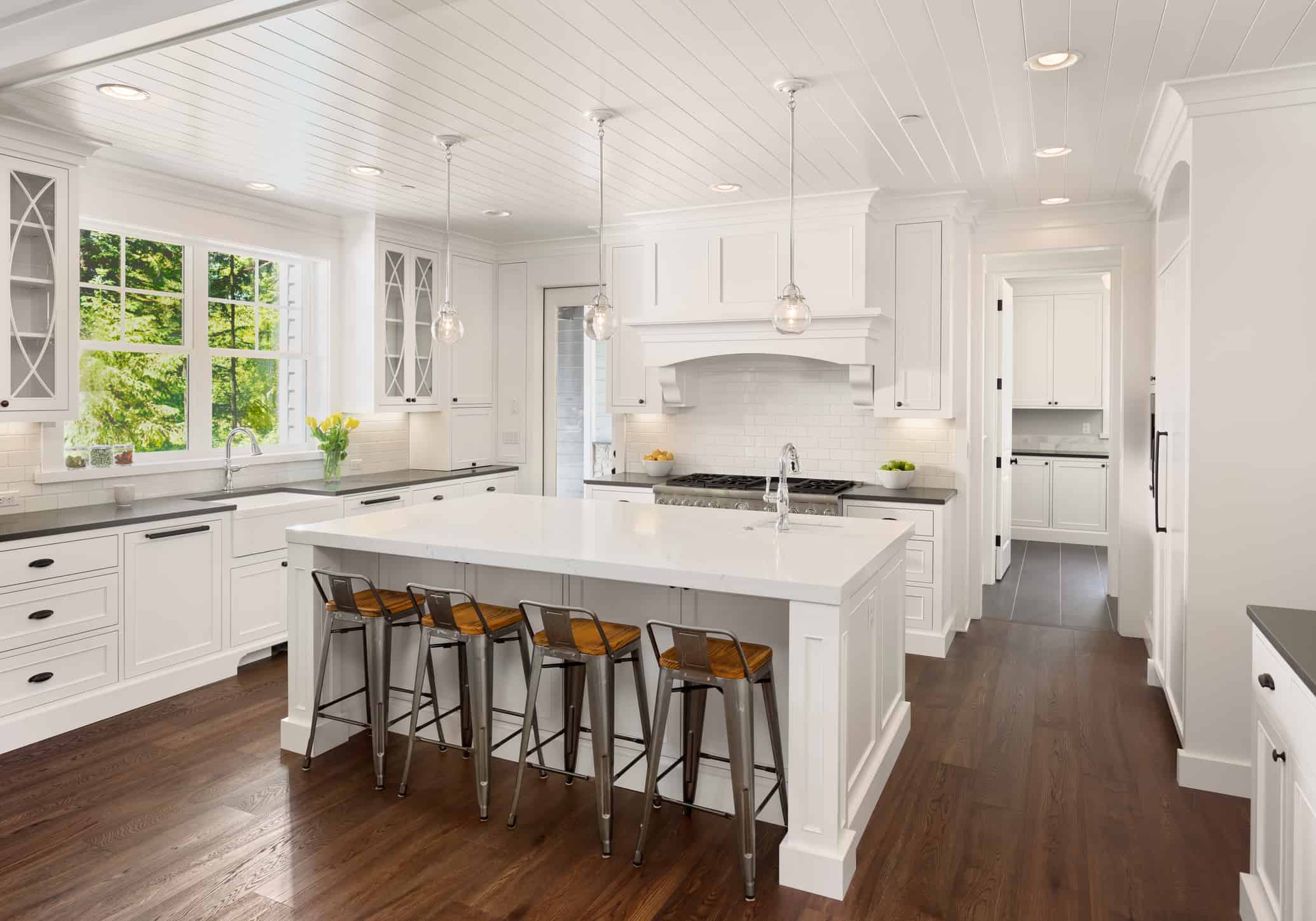 Lighting is an essential element in kitchen photography that can make or break the overall aesthetic of your photos. By understanding the different types of lighting and following these tips, you can capture stunning and inviting photos of your kitchen that will leave a lasting impression on viewers. Remember to experiment and have fun with lighting to find the perfect combination that highlights the beauty of your kitchen design.
Lighting is an essential element in kitchen photography that can make or break the overall aesthetic of your photos. By understanding the different types of lighting and following these tips, you can capture stunning and inviting photos of your kitchen that will leave a lasting impression on viewers. Remember to experiment and have fun with lighting to find the perfect combination that highlights the beauty of your kitchen design.

























